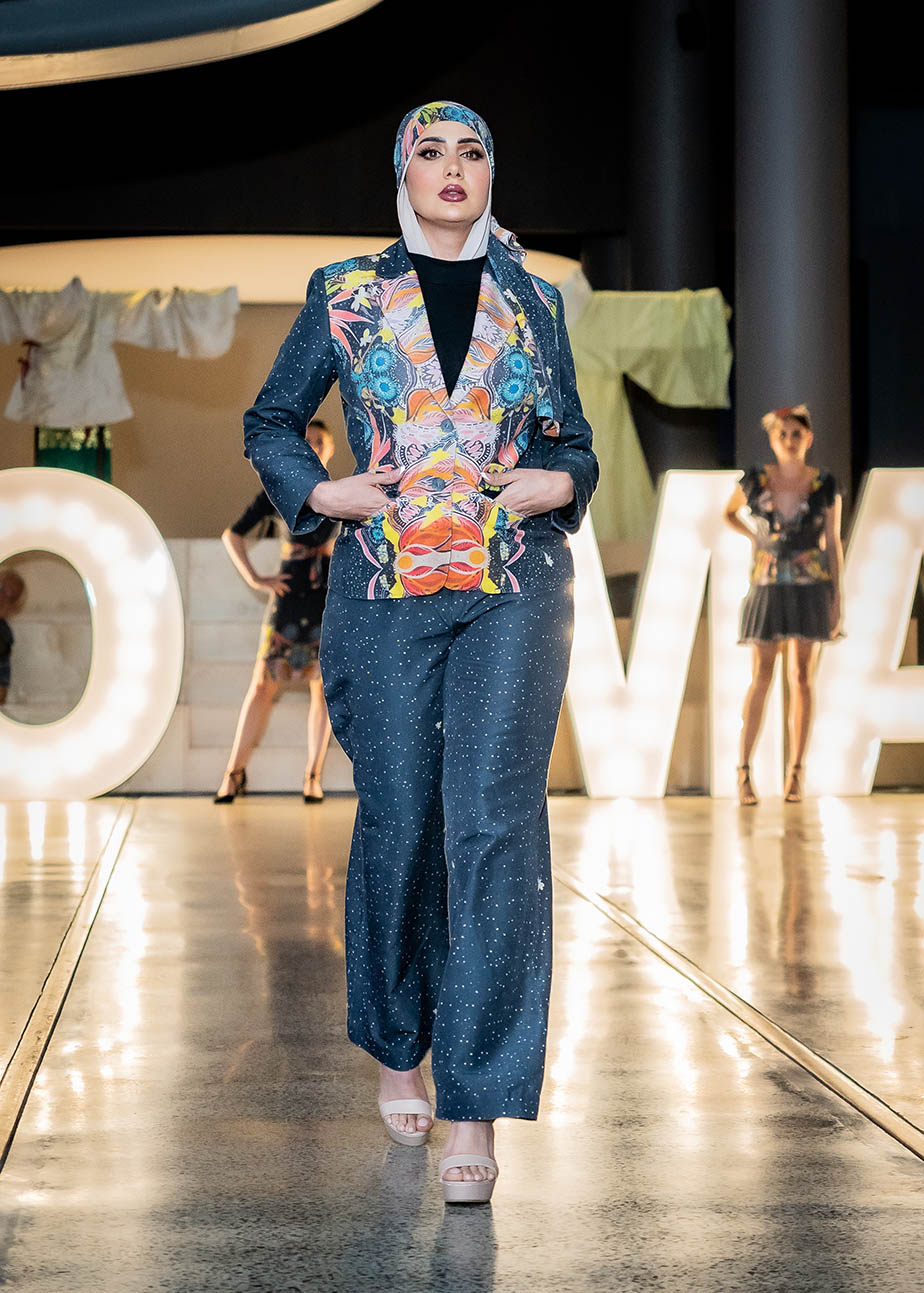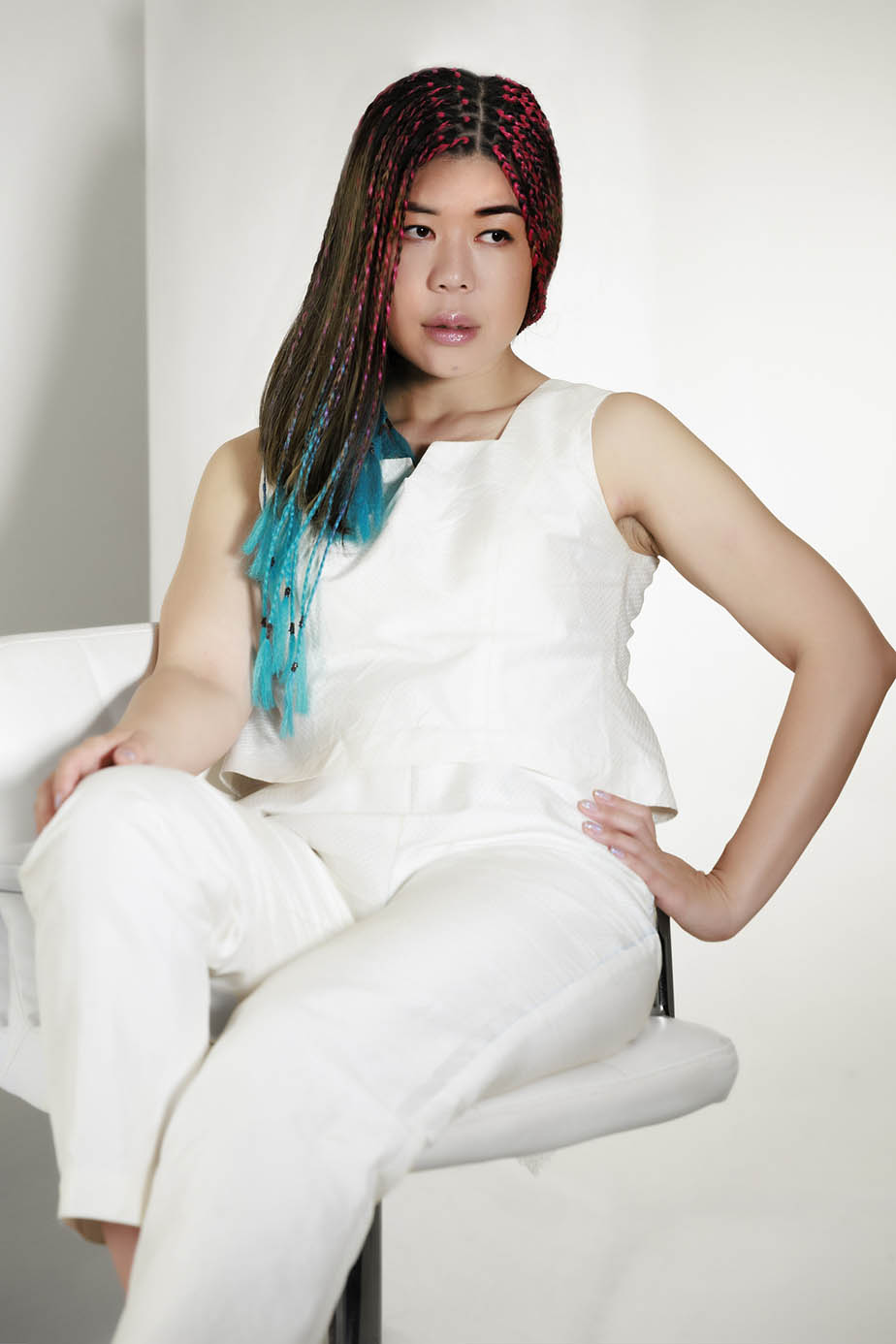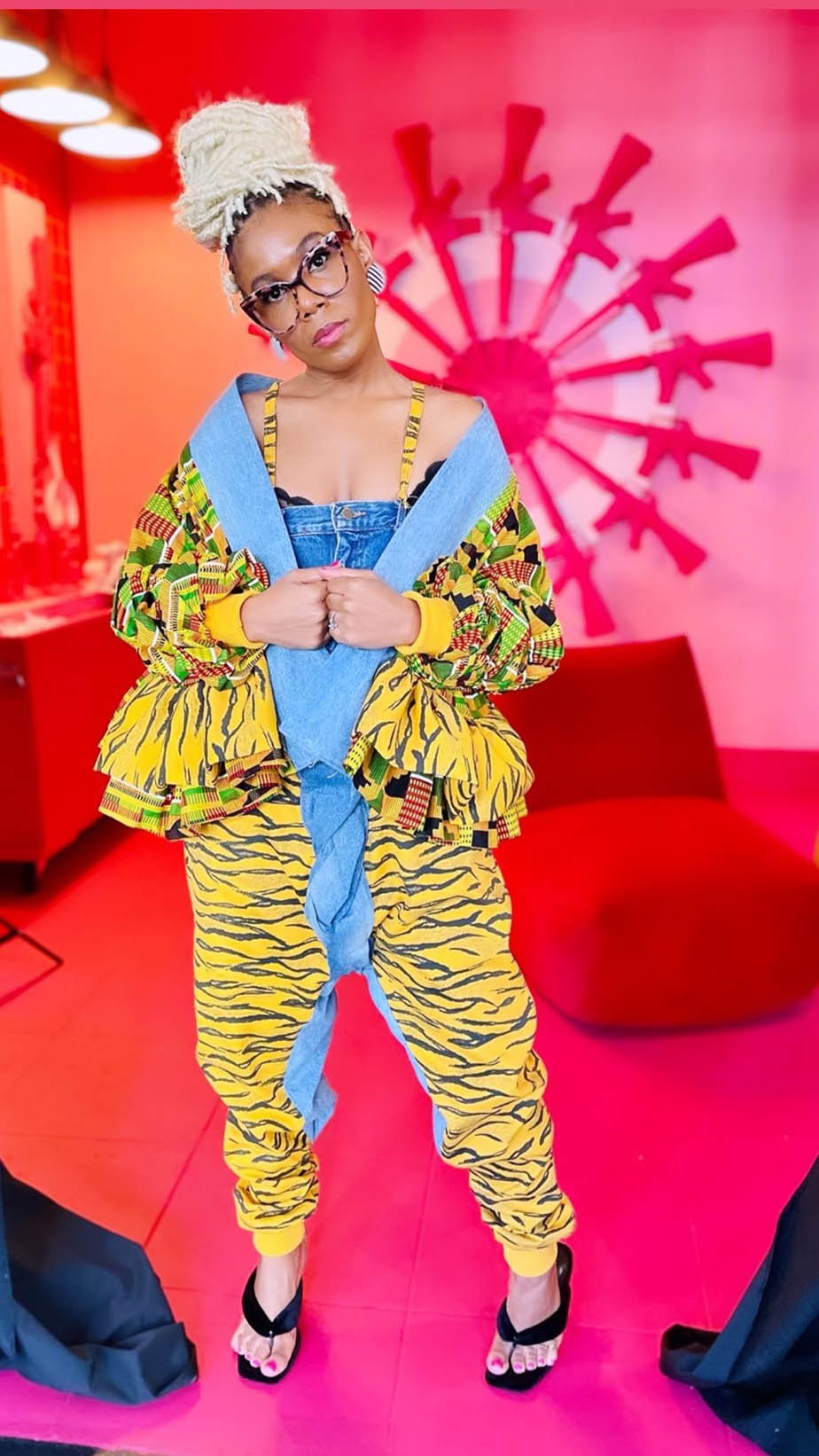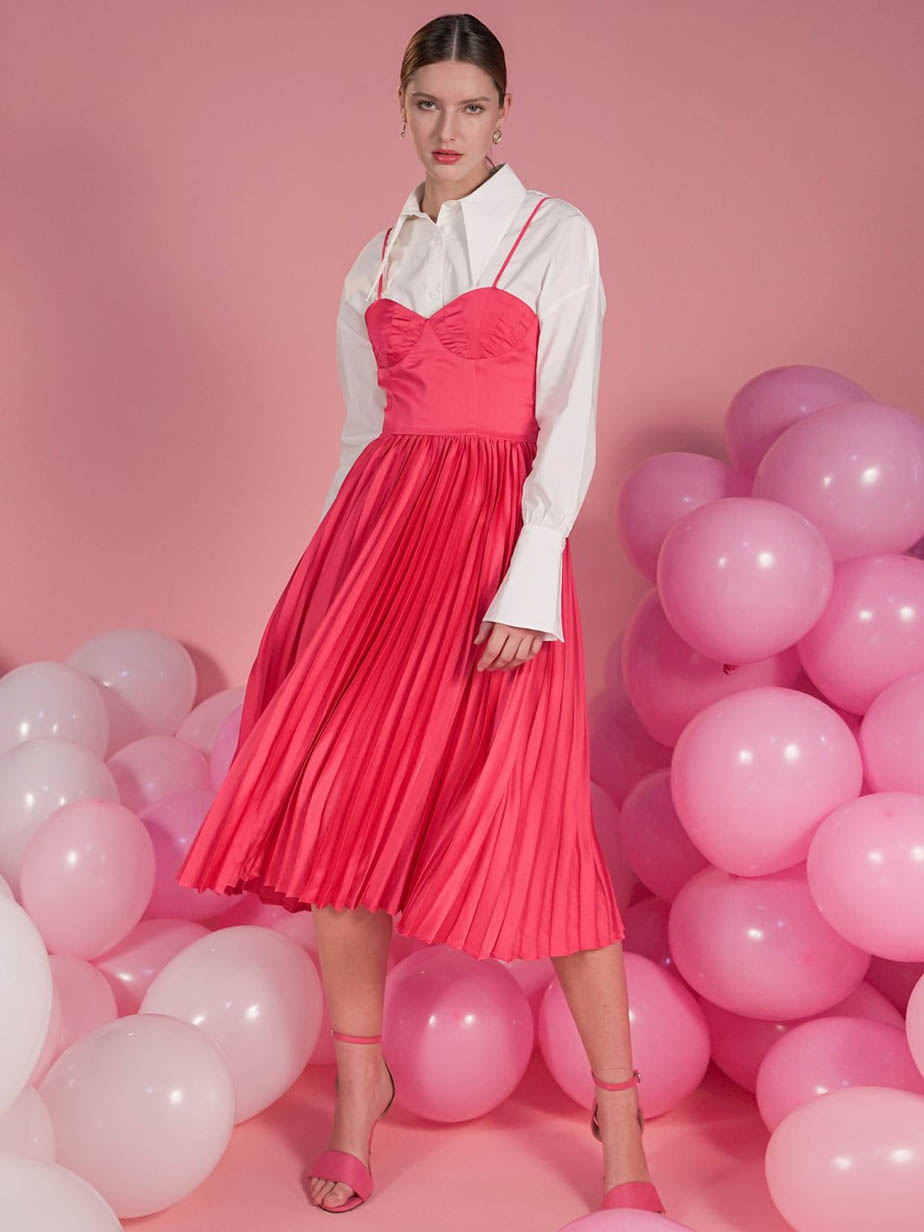
Download Now
Based out of Germany, the concept behind Rootless Fashion & Accessories was established in 2012 when Thorsten Weingaertner, its founder and CEO, decided to create a brand that seamlessly blends his love for the outdoors and stylish utility. He wanted to establish a connection between outdoor enthusiasts, sports lovers, and fashion enthusiasts. Although he was running a premium camper manufacturing company at the time, fashion has always been at the back of his mind since he has always been very enthusiastic about fashion. When the idea of starting a fashion label eventually entered his mind back in 2012, he decided to go with his gut and instincts and pursue his passion for fashion, and thus, Rootless Clothing was born.
Rootless has become synonymous with the effortlessly cool men and women who need to maintain an athletic yet wearable wardrobe that can drive an unconventional lifestyle full of adventure with a hint of attitude. Their debut collection, “Rules Breed Rebels,” carries a new millennium of urban wear for everyday men and women with an emphasis on slick and purposeful design. Rootless designs are ones that make a statement through a monochromatic swath of essential pieces that can work well together on stage, on the streets, or even in the mountains to flatter and empower their clients. It caters to men and women who showcase effortless style – very slick… and very cool! The brand also supplies striking gear like gym bags, watches, and even shoes, along with fantastic threadwork to support the client’s next conquest.
Born in Germany in 1988, Thorsten is a fashion enthusiast who combines the best materials in his creations at the most reasonable price – creating a timeless approach to urban wear distinguished by compelling threadwork, luxurious materials, and couture-quality attention to detail. He is poised to change the perception of urban wear into something truly unique and irresistible. Rootless also aims to champion freedom seekers who inhabit unique quarters of society, driven by a passion for fashion and a need to defy archaic systems.
Sassy & Co magazine recently caught up with Thorsten to discuss Rootless and here’s what went down:
Please tell us your full name and something about yourself.
My name is Thorsten Weingaertner; I was born in 1988 in Germany and am the CEO of Rootless Fashion & Accessories (www.rootless.fashion). I’m a fashion enthusiast and lover. I love designing clothes with my team and then bringing the designs to life! “Rules Breed Rebels” is not just a collection name; it’s actually a lifestyle.
How did you get started with Rootless Fashion & Accessories?
My team and I actually came from two completely different directions before Rootless was born. We ran an individual premium camper manufacturing company that can convert vehicles individually at the customer’s request. Fashion has accompanied me for years because I am personally very enthusiastic about fashion. However, the idea of a fashion label as a second mainstay came up quite early after founding the first company in 2012. Since then, we have been designing and building the brand. Last year we decided to finally launch the brand and get started. We wanted to create a connection between outdoor enthusiasts, sports lovers, and fashion enthusiasts. All this is paired with premium quality, understatement, and rebellious design. In addition, there is also our extensive range of accessories, which are always designed to match our fashion. Rootless is rebellious/new/black & white/stylish, made of the highest quality at a reasonable price. Our debut collection, “Rules Breed Rebels,” definitely reflects these characteristics. We are here to shake up the fashion industry and make a statement!

What do you want to achieve personally with your brand?
Just like any other entrepreneur, I want to establish a successful company that will not only revolutionize the fashion industry but also gives our customers a lot of satisfaction. We want our customers to be happy and satisfied with our products so they will always keep coming back for more.
What is the industry doing right?
The industry is now doing some things right. It’s not just about size zero now; it’s about fashion for everyone. In my opinion, moving away from fast fashion is very important. Customers are giving more importance to quality, and the industry is adjusting quite well accordingly.

What has been the biggest hurdle you have faced as a fashion brand?
I think that’s essentially the reach of being known as a brand. Especially as a start-up, there is often a lack of funds to finance this reach. Magazines/influencers are usually too expensive, so the road to getting to the right people is quite rocky. However, I think you can achieve a lot if you have the time and enthusiasm. In my case, I have never given up on my vision and belief in my products, so we have been able to land amazing collaborations moving forward.
What steps is your brand making to ensure the process is as high-quality as possible?
Compare-Compare-Compare! First, the manufacturer is important. Because if your manufacturer is no good, you are often left with empty promises. Secondly, comparing and studying other manufacturers is the best way to get the best fabrics and the best possible quality. We have had countless samples created by numerous manufacturers to ensure the quality of our products and get the best possible result for our customers.
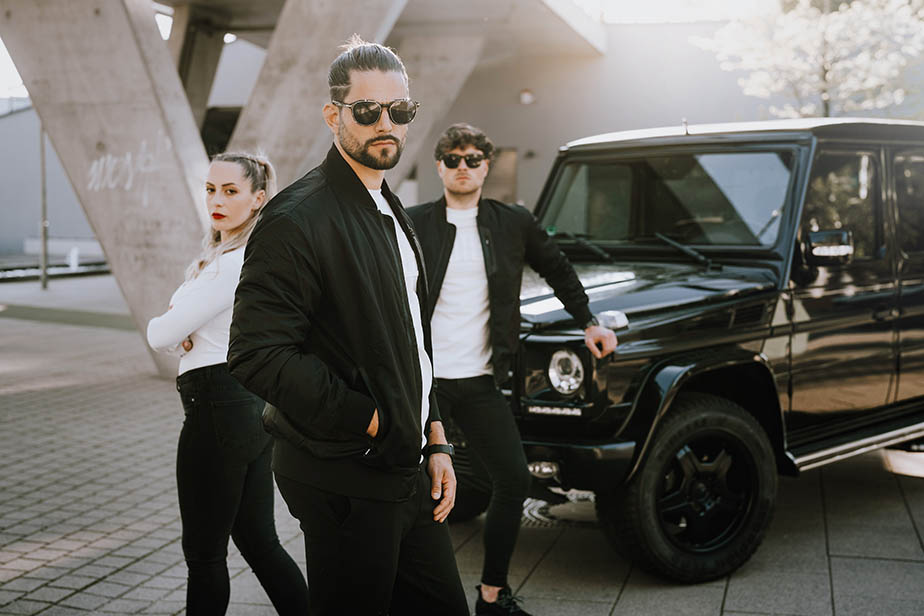
As you see it, what are the main issues in the fashion industry today, and how does your brand subvert them?
A lot is going towards completely overpriced or, in return, too cheap fast fashion. We had to find a good middle ground in order to be able to offer our customers the highest quality at an affordable price. I think we managed this quite well with Rootless.
What are you most excited about for the future of fashion, and where do you see it headed?
I’m very excited about the about-face required for fashion for everyone! Furthermore, we are already working with 3D models and videos, which could be of interest for our own NFT’s in the Metaverse in the future. There is a very clear trend in this direction, which is why many VIPS and large manufacturers are jumping on this bandwagon.
What advice would you give to those wanting to start a fashion brand?
Do your research down to the smallest detail. Don’t just run at it. Check the market for what is needed and what is not. Where are the trends heading, and above all, plan everything in advance, so you know what budget is required. Figure out how to reach your customers etc. Lastly, be informed, be hungry and never give up!
What are your future goals for your brand and fashion in its entirety?
As I also mentioned above – we want to offer high fashion to everyone, grow steadily and, above all, keep surprising our customers with new ideas, new items of clothing, and accessories.





